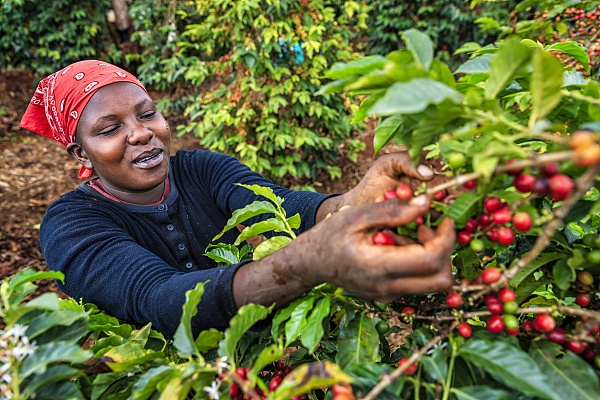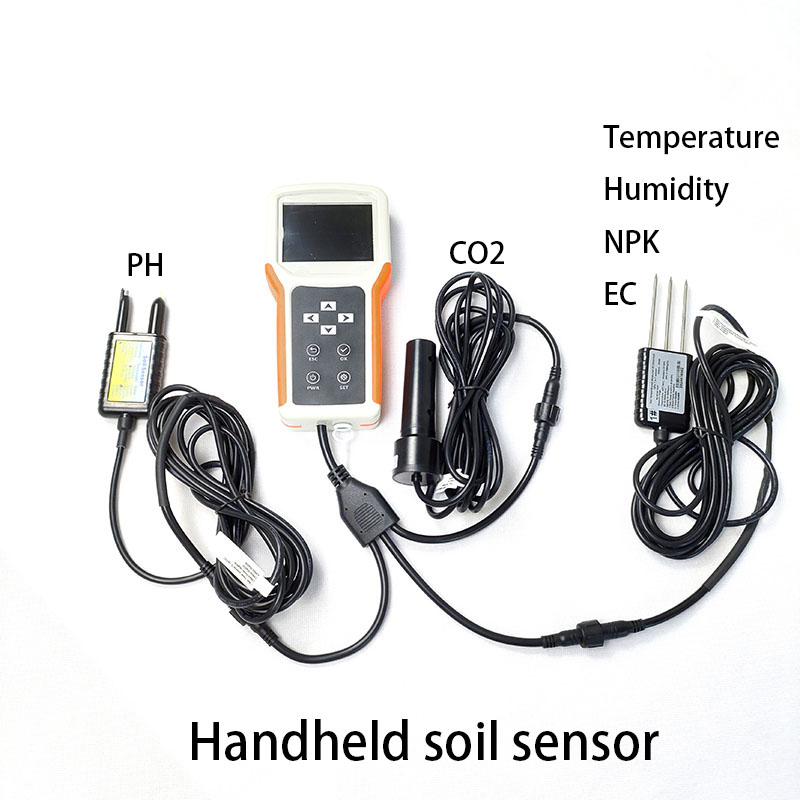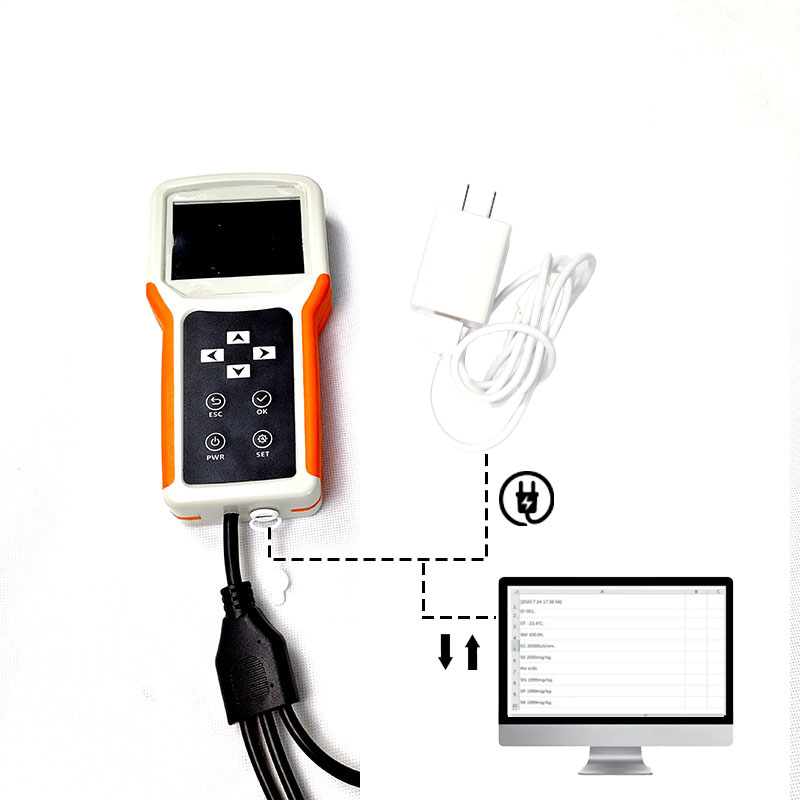Soil health is critical to transforming fallow soil into fertile soil for growing coffee. By maintaining healthy soil, coffee growers can improve plant growth, leaf health, bud, cherry and bean quality, and yield. Traditional soil monitoring is labor-intensive, time-consuming, and error-prone. Enhance monitoring systems with AI-powered IoT technology to enable fast, accurate changes. Integrated soil fertility management systems transform barren land into fertile land using real-time data analytics to optimize soil health, maximize efficiency, improve sustainability and prevent crop growth. The RNN-IoT approach uses IoT sensors in coffee plantations to collect real-time data on soil temperature, moisture, pH, nutrient levels, weather, CO2 levels, EC, TDS and historical data. Use a wireless cloud platform for data transfer. Test and train using recurrent neural networks (RNNs) and gated recurrent units to collect data to predict soil health and crop damage. The researchers conduct detailed qualitative tests to evaluate the proposed RNN-IoT approach. Use counterfactual recommendations to develop alternative irrigation, fertilization, fertilizer management, and crop management strategies, taking into account existing soil conditions, forecasts, and historical data. Accuracy is assessed by comparison with other deep learning algorithms. Compared with traditional soil monitoring methods, soil health monitoring using RNN-IoT methods improves efficiency and accuracy. Minimize your environmental impact by minimizing water and fertilizer use. Improve farmer decision-making and data availability with a mobile app that provides real-time data, AI-generated recommendations, and the ability to detect potential crop damage for quick action.
In the 19th century, coffee cultivation in Brazil began to expand into the Cerrado region. The Cerrado is a vast savanna with poor soil. However, Brazilian coffee farmers have developed new methods to improve the soil, such as the use of lime and fertilizers. As a result, the Cerrado is now the largest coffee-producing region in the world. Components such as nitrogen, phosphorus, potassium, calcium, magnesium, sulfur and iron are found in fertile soil. The best soil for growing coffee is the loamy soil of northern Karnataka, India, which has good texture, drainage and water retention. Coffee plantation soil requires well-drained soil to prevent waterlogging and root rot. Coffee plants have an extensive root system that penetrates deep into the soil and absorbs nutrients and water. Nutrient-rich soil is the foundation for optimal growth and development of coffee trees, which contributes to the production of high-quality coffee beans. Fertility refers to the soil’s ability to provide essential nutrients (such as nitrogen, phosphorus, and potassium) for plant growth. Healthy soil leads to healthier coffee trees, which produce higher yields of high-quality coffee beans. Coffee trees grow well in slightly acidic soil with a pH of 5.0-6.5.
Crop cover, compost, organic fertilizers, minimum tillage, water conservation and shade management are long-standing soil fertility strategies. The use of IoT sensors to monitor and improve soil health in coffee plantations and restore fertile soil in drylands is creative and successful. Soil sensors measure nitrogen, phosphorus and potassium. Soil temperature sensors show how temperature affects plant growth and nutrient uptake. Farmers can protect coffee plants from extreme temperatures by monitoring soil temperatures. Soil temperature sensors show how temperature affects plant growth and nutrient uptake. Analyzing soil temperature patterns can protect coffee plants from extreme temperatures. IoT sensors help farmers optimize irrigation, fertilization, and other soil management activities for healthier soil and higher yields by providing real-time soil data.
Comprehensively examine soil nutrient data to predict potential nutrient deficiencies, allowing farmers to apply fertilizers efficiently and effectively. Regular soil monitoring will allow you to track changes in soil condition and take timely safety measures.
The Internet of Things (IoT) is a key technology for smart agriculture as it can collect and analyze data from sensors in real time. An IoT-based soil measurement system can provide real-time data on soil parameters, allowing farmers to respond quickly to changes. Future work on IoT-based soil measurement systems could focus on simplifying system setup and maintenance.
Post time: Jul-11-2024




